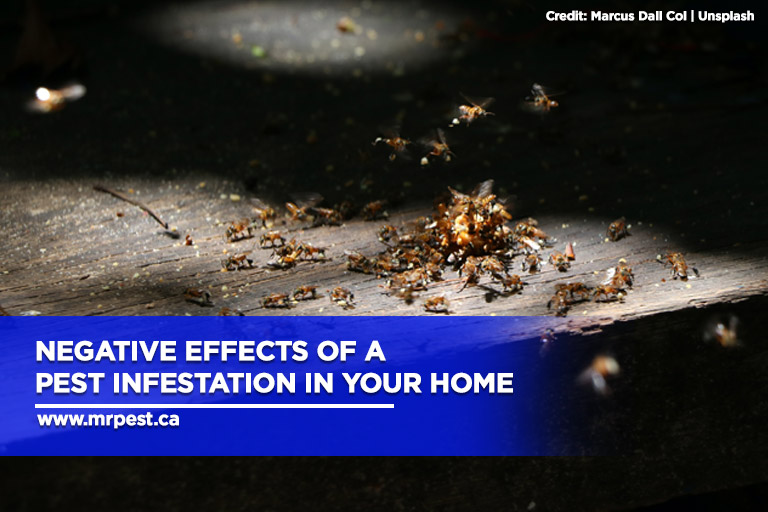Not known Factual Statements About Eco Bed Bug Exterminators Dc
Table of ContentsThe Single Strategy To Use For Eco Bed Bug Exterminators DcEco Bed Bug Exterminators Dc Can Be Fun For AnyoneThe 30-Second Trick For Eco Bed Bug Exterminators Dc4 Easy Facts About Eco Bed Bug Exterminators Dc DescribedThe Greatest Guide To Eco Bed Bug Exterminators Dc
Due to the fact that chemicals are harmful, they are likewise possibly unsafe to people, pets, other microorganisms, and the atmosphere. People that make use of chemicals or on a regular basis come in contact with them should recognize the loved one poisoning, possible health and wellness impacts, and preventative steps to reduce direct exposure to the items they use. Hazard, or risk, of using chemicals is the capacity for injury, or the level of danger associated with using a pesticide under a provided collection of conditions.
However, applicators can decrease or almost get rid of direct exposure-- and hence minimize risk-- by adhering to the label directions, utilizing individual safety clothes and devices (PPE), and handling the chemical correctly. For example, more than 95 percent of all chemical direct exposures originate from dermal direct exposure, mainly to the hands and forearms. By wearing a pair of unlined, chemical-resistant handwear covers, this kind of direct exposure can be virtually removed.
The harmful results that occur from a single direct exposure by any type of path of entry are labelled "acute impacts." The 4 paths of direct exposure are facial (skin), inhalation (lungs), dental (mouth), and the eyes. Acute poisoning is established by analyzing the facial toxicity, inhalation poisoning, and dental toxicity of examination animals.
Not known Factual Statements About Eco Bed Bug Exterminators Dc
Severe poisoning is measured as the amount or concentration of a toxicant-- the a.i.-- required to eliminate 50 percent of the animals in a test population. This procedure is generally revealed as the LD50 (deadly dosage 50) or the LC50 (deadly focus 50). Additionally, the LD50 and LC50 values are based upon a solitary dose and are taped in milligrams of chemical per kilo of body weight (mg/kg) of the examination animal or partly per million (ppm).
The lower the LD50 or LC50 worth of a chemical product, the higher its poisoning to people and animals. Chemicals with a high LD50 are the least harmful to people if utilized according to the instructions on the product tag. The persistent poisoning of a chemical is determined by subjecting guinea pig to lasting direct exposure to the active ingredient.
The persistent toxicity of a pesticide is harder than acute poisoning to establish via research laboratory analysis. Products are categorized on the basis of their family member severe poisoning (their LD50 or LC50 worths). Chemicals that are classified as very poisonous (Poisoning Category I) on the basis of either oral, dermal, or inhalation poisoning should have the signal words risk and POISON published in red with a skull and crossbones icon plainly showed on the front panel of the bundle tag.
The severe (solitary dose) oral LD50 for chemical items in this team ranges from a trace total up to 50 mg/kg. For instance, exposure of a couple of decreases of a material taken by mouth can be deadly to a 150-pound person. Some chemical items have just the signal word DANGER, which informs you absolutely nothing regarding the intense poisoning, simply that the item can cause serious eye damage or extreme skin irritability
The Only Guide to Eco Bed Bug Exterminators Dc
In this category, the acute oral LD50 ranges from 50 to 500 mg/kg. A tsp to an ounce of this material might be deadly to a 150-pound person (how to get rid of bed bugs). Pesticide items categorized as either somewhat hazardous or relatively nontoxic (Toxicity Groups III and IV) are needed to have the signal word CAUTION on the chemical tag

All pesticide toxicity chemicalPoisoning worths the LD50, can be found on description discovered product's Material Safety Data Safety and security InformationMSDS). Pesticide labels and MSDS can be gotten from stores or manufactures - https://yoomark.com/content/established-2007-eco-bed-bug-exterminators-dc-was-formed-put-end-epidemic-it-gets-worse. The signs and symptoms of chemical poisoning can range from a light skin irritability to coma or even death.
Individuals likewise vary in their sensitivity to various degrees of these chemicals. Some individuals may show no response to a direct exposure that may create serious disease in others (pest control Washington DC). Due to the fact that of prospective wellness problems, pesticide customers and trainers need to recognize the typical indicators and signs and symptoms of pesticide poisoning. The effects, or symptoms, of chemical poisoning can be broadly specified as either topical or systemic.
The Definitive Guide for Eco Bed Bug Exterminators Dc
Dermatitis, or swelling of the skin, is accepted as the most frequently reported topical effect connected with chemical direct exposure. Some individuals have a tendency to cough, hiss, or sneeze when subjected to pesticide sprays.
This symptom usually subsides within a couple of mins after an individual is eliminated from the exposure to the toxic irritant. A response to a chemical item that triggers someone not just to sneeze and cough however also to establish severe intense breathing signs is more most likely to be a true hypersensitivity or sensitive reaction.
Systemic effects are fairly various from topical effects. They commonly happen far from the original point of contact as a result of the chemical being taken in right into and distributed throughout the body. Systemic results often consist of nausea, throwing up, fatigue, frustration, and digestive problems. In sophisticated poisoning instances, the individual might experience modifications in heart rate, difficulty breathing, convulsions, and coma, which could cause death.